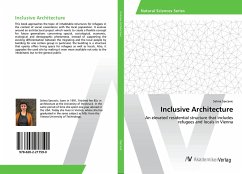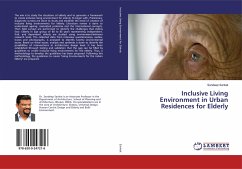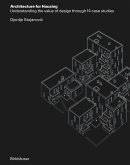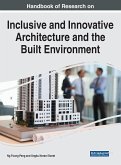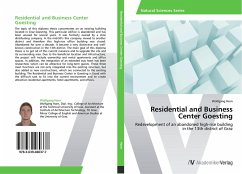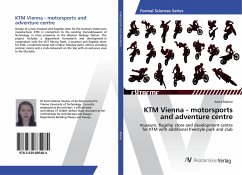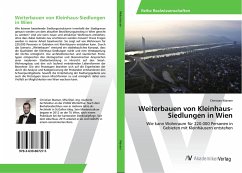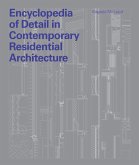This book approaches the topic of inhabitable structures for refugees in the context of social coexistence with the local population. It evolves around an architectural project which wants to create a flexible concept for future generations concerning spacial, sociological, economic, ecological and demographic phenomena. Instead of supporting the existing differentiation between the migrating and the local people by building for one certain group in particular, the building is a structure that openly offers living space for refugees as well as locals. Also, it upgrades the used site by making it even more available not only to the inhabitants but to the general public.
Bitte wählen Sie Ihr Anliegen aus.
Rechnungen
Retourenschein anfordern
Bestellstatus
Storno

